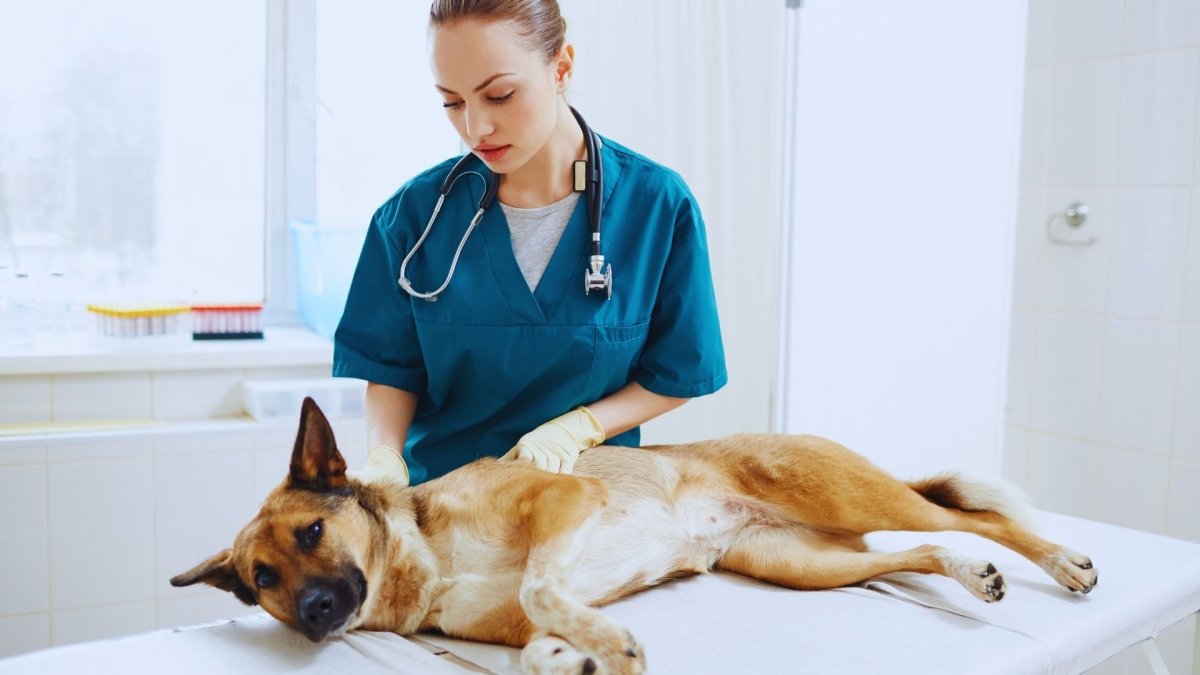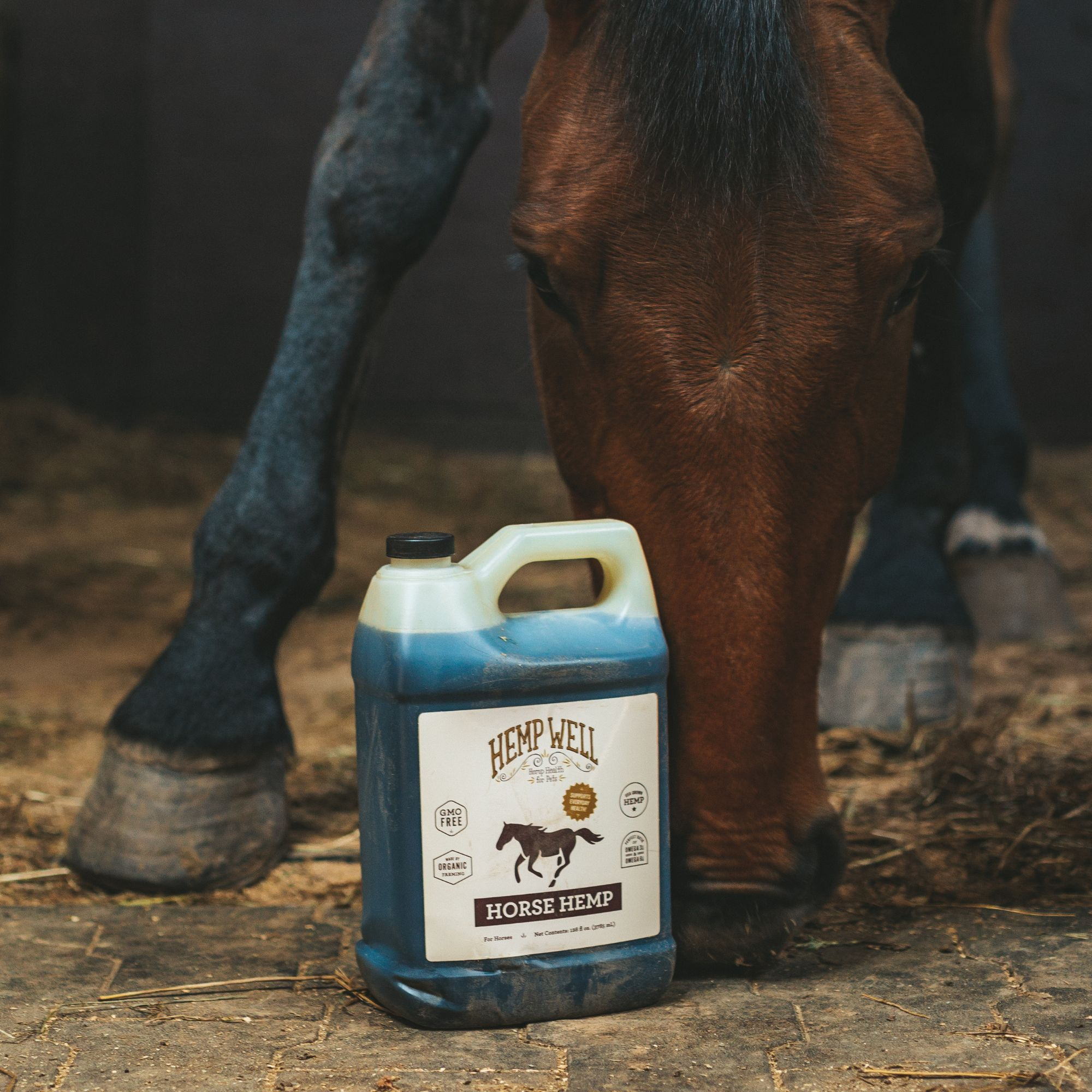Understanding Mast Cell Tumors in Dogs

Mast cell tumors (MCTs) are among the most common types of skin tumors in dogs, representing a significant concern for pet owners. These tumors can vary widely in their behavior, from benign growths to aggressive cancers. Understanding mast cell tumors is crucial for early detection and effective treatment. This article aims to provide an in-depth look at mast cell tumors in dogs, including their causes, symptoms, diagnosis, and treatment options.
What are Mast Cell Tumors?
Mast cells are a type of white blood cell that plays a crucial role in the body's immune response. They are found in various tissues, particularly in the skin, and are involved in allergic reactions and inflammation. When these cells undergo malignant transformation, they form mast cell tumors. These tumors can appear anywhere on the body but are most commonly found on the skin, particularly on the limbs, trunk, and genital areas.
Causes of Mast Cell Tumors
The exact cause of mast cell tumors in dogs is not well understood. However, several factors may contribute to their development:
- Genetic Predisposition: Certain breeds are more prone to mast cell tumors, including Boxers, Bulldogs, Boston Terriers, and Labrador Retrievers. This suggests a genetic component to the disease.
- Environmental Factors: Exposure to certain environmental toxins and chemicals may increase the risk of developing mast cell tumors.
- Chronic Inflammation: Chronic skin inflammation or irritation may predispose some dogs to develop these tumors.
Symptoms of Mast Cell Tumors
The symptoms of mast cell tumors can vary widely, depending on the tumor's location, size, and aggressiveness. Common signs include:
- Skin Lesions: The most noticeable symptom is a lump or mass on the skin, which can be small and benign-looking or large and ulcerated.
- Redness and Swelling: The area around the tumor may become red, swollen, and itchy due to the release of histamine and other chemicals by the mast cells.
- Gastrointestinal Issues: In some cases, dogs may exhibit vomiting, diarrhea, or loss of appetite, especially if the tumor releases significant amounts of histamine into the bloodstream.
- Lethargy and Weakness: Advanced or aggressive tumors can cause general lethargy and weakness in affected dogs.
Diagnosing Mast Cell Tumors
Early diagnosis is crucial for effective treatment. If you notice any unusual lumps or changes in your dog's skin, consult your veterinarian promptly. The diagnostic process typically includes:
- Physical Examination: A thorough physical examination to assess the size, location, and appearance of the tumor.
- Fine Needle Aspiration (FNA): A minimally invasive procedure where a small sample of cells is taken from the tumor using a fine needle and examined under a microscope.
- Biopsy: If FNA results are inconclusive, a biopsy may be performed to obtain a larger tissue sample for histopathological examination.
- Imaging Tests: X-rays, ultrasound, or CT scans may be used to determine if the tumor has spread to other parts of the body.
Treatment Options for Mast Cell Tumors
The treatment of mast cell tumors depends on various factors, including the tumor's grade, size, location, and whether it has metastasized. Common treatment options include:
- Surgical Removal: Surgery is the primary treatment for localized mast cell tumors. The goal is to remove the tumor entirely with clean margins to prevent recurrence.
- Radiation Therapy: For tumors that cannot be completely removed surgically or those in difficult locations, radiation therapy may be used to destroy remaining cancerous cells.
- Chemotherapy: Chemotherapy may be recommended for high-grade or metastatic tumors to help control the spread of cancer.
- Medications: Antihistamines and corticosteroids may be prescribed to manage symptoms and reduce inflammation.
Prognosis and Aftercare
The prognosis for dogs with mast cell tumors varies based on the tumor's grade and stage. Low-grade tumors that are detected early and removed completely have a good prognosis, with many dogs leading a normal life post-treatment. High-grade or metastatic tumors have a more guarded prognosis, requiring ongoing treatment and monitoring.
Aftercare is essential for dogs undergoing treatment for mast cell tumors. Regular veterinary check-ups, a balanced diet, and close monitoring for any signs of recurrence are crucial for maintaining your dog's health and well-being.
Conclusion
Mast cell tumors in dogs are a serious health concern that requires prompt attention and treatment. By understanding the causes, symptoms, and treatment options, pet owners can better manage this condition and provide the best possible care for their furry companions. If you suspect your dog may have a mast cell tumor, consult your veterinarian immediately to ensure the best outcome for your pet.











